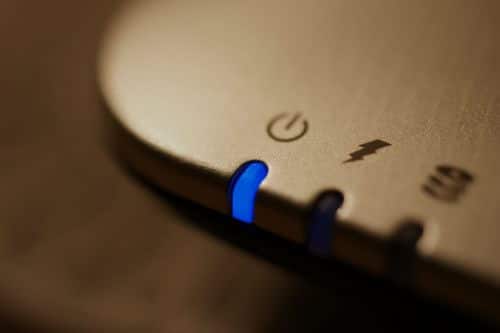Researchers from the cyber labs at Ben-Gurion University of the Negev managed to create a hidden and fast information leakage channel using the LED of the hard disk, which is present in desktop computers, laptops and servers.

In recent years, several methods have been published for leaking information from protected computers, even those that are physically disconnected from the Internet. The methods presented to date include transmitting information using radio frequencies, sound frequencies and even heat. Optical information leakage methods have been considered for years at least hidden because they can be detected by people watching them.
The research group, led by Dr. Mordechai Guri, director of research and development in the cyber labs at Ben-Gurion University, showed that using a basic component such as the LED bulb of the computer's hard disk, it is possible to generate signals at a speed of thousands of flashes per second. Hostile code running on the computer can use these flashes to transmit information at a very high speed. For example, on these flashes you can transfer hidden information such as files, encryption keys, keyboard keystrokes and more. The transmission can be received remotely using cameras or light sensors and translate it back into binary information.
"The uniqueness of the method is that it is fast and hidden," says Dr. Gori. "Unlike other computer LEDs (such as the keyboard LED), the hard disk LED tends to blink frequently due to reading and writing activities, so that the transmission activity will not appear abnormal to an outside observer." In addition, when the transmission is done at very fast rates of hundreds of flashes per second, it is very difficult for the human eye to distinguish the transmissions.
The information can be received by many means including local and remote cameras, hidden cameras and light sensors. The attached demo video demonstrates shooting outside the building using a camera mounted on a drone.
The research group included Dr. Mordechai Guri, researchers Boris Zadov, Andrey Didkolov, Eran Atias, and Prof. Yuval Elovitz, head of the cyber labs at Ben-Gurion University and director of the Deutsche Telekom labs at the university.
